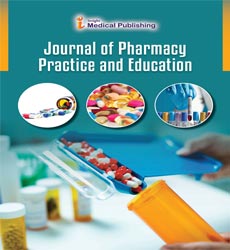Interaction of drugs at organic cation transporters in the plasma membrane: Mechanistics, risks and benefits
Abstract
In human eight polyspecific ATP independent organic cation transporters have been identified. Transporters OCT1, OCT2, OCT3, OCTN1, OCTN2 and CT2 belong to the SLC22 family whereas transporters MATE1, MATE2-K belong to the SLC47 family. OCT1-3 are cation facilitators that predominantly mediate cation uptake at physiological membrane potential. OCTN1, MATE1 and MATE2-K are proton-cation antiporters that mediate cation efflux, however, they may also transport cations into cells. Similarly OCTN2 and CT2 can function as uptake and efflux systems. All cation transporters have overlapping cation selectivities. They are critically involved in small intestinal absorption and hepatic and/or renal excretion of hydrophilic cationic drugs such as metformin and cisplatin. In general several polyspecific cation transportes are located within a given plasma membrane. In case of common substrates loss of function of one transporter may be compensated. Blockage hOCT2 in the basolateral membrane of renal proximal tubules or of MATE2-K in the luminal membrane may slow down cisplatin excretion, however, the effect on cisplatin-induced kidney damage may be opposite. Knowledge about structure function relationship of cation binding to OCTs is used as paradigm for ligand binding to all ATP independent polyspecific cation transporters. The OCTs contain a binding cleft with overlapping ligand binding domains. For a given ligand the cleft may contain high and low affinity binding sites which may be inhibitory. Since ligand binding may induce short-term allosteric effects within the cleft a given ligand often blocks translocation of different cations with different affinities. The clinical consequences of these findings will be discussed.
Open Access Journals
- Aquaculture & Veterinary Science
- Chemistry & Chemical Sciences
- Clinical Sciences
- Engineering
- General Science
- Genetics & Molecular Biology
- Health Care & Nursing
- Immunology & Microbiology
- Materials Science
- Mathematics & Physics
- Medical Sciences
- Neurology & Psychiatry
- Oncology & Cancer Science
- Pharmaceutical Sciences
